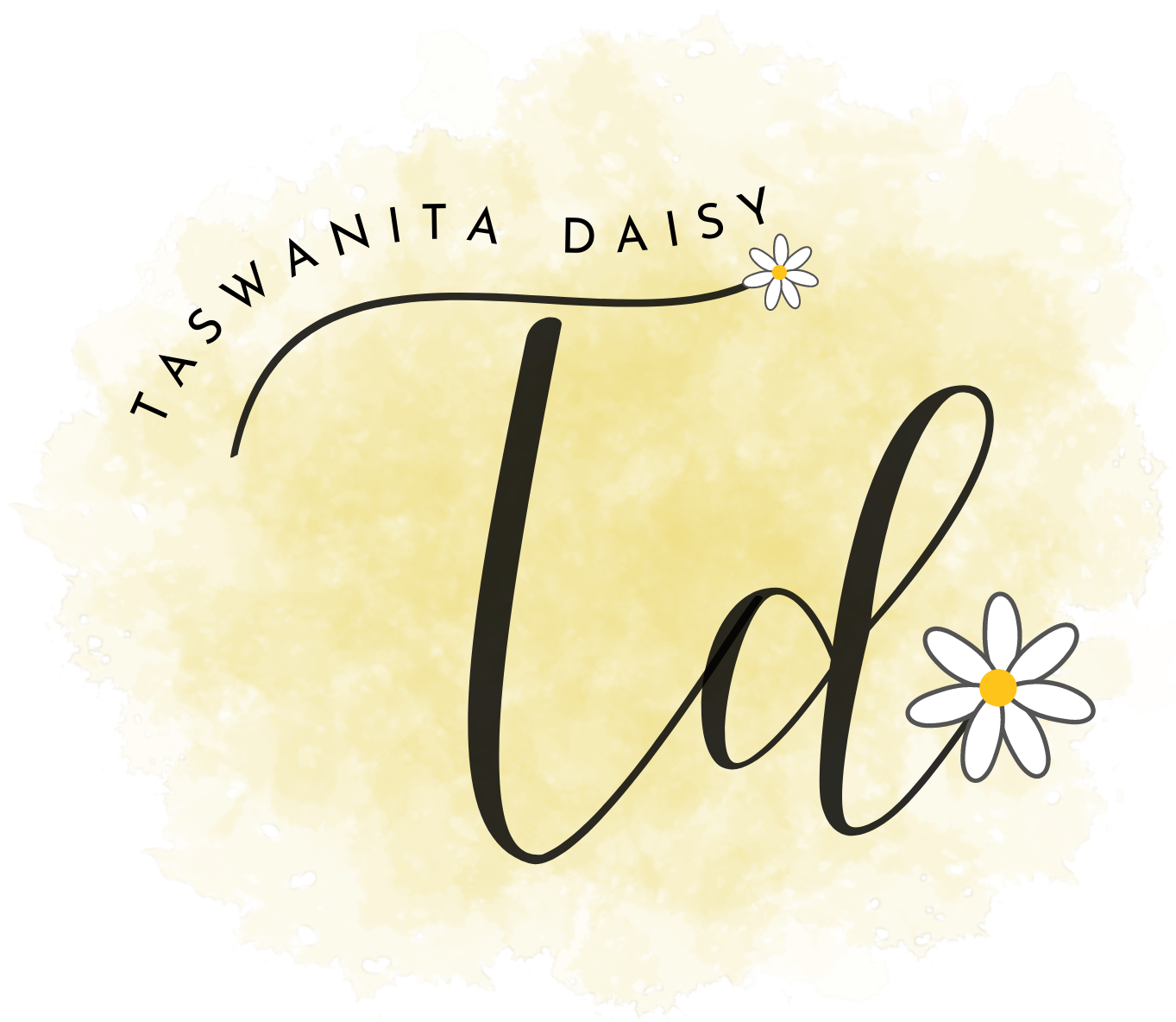Effective social media marketing is essential for any business looking to grow its brand awareness. Beginner marketers should focus on understanding their target audience and selecting the right social media platforms to reach them effectively. This approach not only maximizes engagement but also enhances the overall impact of their marketing strategy.
Creating a comprehensive plan is key. Start by defining clear objectives and exploring the unique features of each platform. Consistency in messaging and branding will help in establishing a recognizable presence that resonates with users. Engaging content is crucial; it invites interaction and fosters a sense of community around the brand.
Regularly analyzing performance metrics is vital for ongoing improvement. This allows marketers to adjust their tactics based on what resonates with their audience. Implementing these tips will pave the way for a successful journey in social media marketing.
Developing Your Social Media Strategy
A well-defined social media strategy is crucial for effective marketing. Key components include identifying the target audience, setting clear marketing goals, and choosing the right platforms for engagement and growth.
Identifying Your Target Audience
Understanding the target audience is fundamental. This involves creating detailed buyer personas that encapsulate demographics, interests, behaviors, and pain points. Knowing who to reach allows for tailored messaging that resonates.
Key factors to consider:
- Age and Gender: Tailor content to specific age groups and genders.
- Interests and Hobbies: Align content with what the audience enjoys.
- Pain Points: Address specific challenges that the audience faces.
Use tools like surveys and social media analytics to gather data. This focused approach will enhance audience engagement and support marketing goals.
Setting Clear Marketing Goals
Establishing specific marketing goals is essential for measurement and direction. These should align with broader business objectives and can include:
- Brand Awareness: Increase visibility and recognition.
- Lead Generation: Drive traffic to a website or landing page.
- Audience Growth: Expand follower count on social media platforms.
Goals should be SMART: Specific, Measurable, Achievable, Relevant, and Time-bound. For instance, aiming for a 20% increase in followers over six months provides a clear target for evaluation. This clarity helps track progress and adjust efforts as needed.
Choosing the Right Social Media Platforms
Selecting appropriate social media platforms is crucial for reaching the intended audience. Each platform has unique features and user demographics:
- Facebook: Ideal for a diverse audience and community engagement.
- Instagram: Perfect for visual brands targeting younger demographics.
- LinkedIn: Best for B2B networking and professional content.
- TikTok: Engages a younger audience with short, creative videos.
Analyze where the target demographic spends their time and what type of content performs best on each platform. This strategic selection ensures maximum visibility and effectiveness of marketing efforts.
Crafting and Curating Engaging Content
Creating engaging content is essential for capturing audience attention and fostering community interaction. It involves emphasizing visuals, planning strategically, and utilizing content produced by users themselves.
Understanding the Importance of Visuals
Visual content significantly enhances engagement on social media platforms. Posts that include images or videos can lead to higher interaction rates compared to text-only updates.
Using high-quality visuals allows brands to convey messages quickly and effectively. Visuals can range from infographics to short videos, making them versatile for different types of content.
For example, Instagram marketing thrives on stunning images and appealing short clips. Similarly, YouTube marketing relies heavily on engaging thumbnails and video snippets to attract viewers. Prioritizing visual elements can improve storytelling and make content more shareable.
Creating a Content Calendar
A content calendar serves as a roadmap for an effective content strategy. This tool helps in organizing and scheduling posts, ensuring a consistent online presence.
By mapping out content in advance, brands can align their messaging with campaigns and timely events. A well-structured content calendar can highlight important dates, product launches, and special promotions.
Social media content calendar templates can simplify the process. These templates allow for efficient tracking of post types, formats, and platforms. As a result, brands can optimize their posting schedule for maximum audience engagement.
Leveraging User-Generated Content
User-generated content (UGC) builds community and fosters trust. It encourages audience participation by showcasing the experiences of real customers.
Brands can repost user content across their platforms, which not only engages their audience but also acknowledges and values their contributions. This practice enhances authenticity and can influence potential customers positively.
Engaging with UGC helps create a sense of belonging among followers. It transforms a brand from a mere seller to a community builder, promoting organic content sharing and interaction. Utilizing UGC can lead to increased brand loyalty and customer advocacy.
Building and Maintaining Your Online Presence
Creating a robust online presence requires consistent audience engagement and strategic use of analytics. By focusing on these areas, marketers can foster community building and improve their overall effectiveness.
Regularly Engaging with Your Audience
To keep social media followers interested, it’s crucial to engage with them consistently. Responding to comments and messages shows that a brand values its audience’s input.
Key Engagement Strategies:
- Ask Questions: Encourage discussions by posing questions to followers.
- Use Polls and Surveys: Gather opinions and insights while boosting interaction.
- Share User-Generated Content: Showcase followers’ content to promote community involvement.
Using relevant hashtags can significantly increase visibility, allowing content to reach a broader audience. Social listening tools help identify trending topics and consumer sentiments. This strategic engagement helps drive traffic to websites and enhances community building.
Utilizing Social Media Analytics
It is essential to analyze social media performance to refine strategies. Metrics like engagement rates, click-through rates, and follower growth provide valuable insights.
Key Analytics Tools:
- Engagement Metrics: Track likes, shares, and comments to evaluate content effectiveness.
- Traffic Analysis: Use tools like Google Analytics to monitor website visits driven by social channels.
- Follower Insights: Understand the demographics and interests of followers to tailor content accordingly.
By regularly reviewing analytics, marketers can identify successful tactics and areas needing improvement. This data-driven approach allows for the enhancement of future strategies and maximizes engagement potential.





